This post has been brought to you by LI Wine Country. All opinions expressed are my own. The following message is intended for those 21+. Please enjoy responsibly.
Today we’re sampling several bottles from a medley of Long Island wineries, which provide a window into some of the best elements of New York wine-country. Now, without further delay, let’s start tasting.
The Where – Long Island, New York
Lately, I’ve been talking a lot about the ‘Three Great Terroirs’ of viticulture; Spain, France, and Italy. Just recently I covered a bottle from Sicily and explained why, despite Sicily’s arguably perfect climate and soil, millennia long winemaking history, they find themselves playing a bizarre game of ‘catch up’ on the global wine market, and I drew parallels to the situation Spain found itself in during the later half of the twentieth century.
In short, when studying ‘prominent’ wine regions, the combination are usually quite similar. Good weather, good soil, and ‘good’ or ‘relevant’ winemaking history.
With that in mind, the words “Long Island” conjure a mix of images, ranging from the urban hives of Brooklyn and Queens, to the suburban sprawl of Nassau County, to the pristine playgrounds of the wealthy that are the Hamptons. Are these generalizations? Sure. Are these generalizations justified? Yes.
However, the justification for these generalizations are a relatively recent phenomenon. As recently the late 1970s and early 80s, this simply wasn’t the case. Instead, Long Island, at that point – with the sole exceptions of Kings and Queens Counties (Brooklyn and Queens) – was home largely to a mix of farmers and fisheries.
I myself can remember Long Island as a patchwork local farms crisscrossed by tiny two-lane roads – roads that were predictably and blissfully empty.
Shopping for ‘locally grown produce’ wasn’t a declaration of ‘natural living’ or ‘going gourmet,’ it was simply a fact of life. I can remember shopping at local farm stands with my mother, regularly, for everything from tomatoes and corn to string beans and apples. Back then, Long Island was positively rural, so much so that when my parents moved out from the Bronx, my uncle jokingly quipped that they had moved to ‘The Sticks.’
Then came a wave of rapid and intentional change. Spurred on by the end of agricultural subsidies, local land prices skyrocketed as farmers, left with no other choice, sold off their plots. As the farms were bought up and paved over, local development was both fanatically encouraged and heavily subsidized, firmly establishing Long Island as the suburban extension of New York City in all but name.
Curiously, however, just as the final generation of Long Island’s farmers were selling off the last of their lots, the first seeds of a completely different kind agricultural undertaking were being sown – those of Long Island’s very first vineyard, established in 1973. This singular act would in turn develop Long Island into a critically acclaimed wine region within the span of just four decades, and give rise to such vaunted wineries as, you guessed it, Pindar.
With that said, Long Island, as a wine region, makes about as much sense as…Long Island as a wine region. Let me explain.
In contrast to Greek or Italian winemaking, both of which draw from traditions older than recorded history itself, winemaking on Long Island is barely four-decades old. Long Island’s forks, where most of the vineyards are located, by comparison to Mendoza or Napa, make for cramped geography, and there are obviously no foothills or volcanism to take advantage of. In contrast to Italy, Long Island’s maritime climate features torrential rains that can, quite literally, rot away crops, and, on the other end of the spectrum, droughts that can starve away even the hardiest of vines.
Add on flooding, hurricanes, infamous Nor Easters, harsh winters, and exorbitant land prices, and Long Island seems like an area most winemakers would seek to avoid.
Yet, despite all of that, Long Island wine is considered by countless critics to be the home of the best wines on the Eastern seaboard, with the Wine Industry Advisor commenting in a January 30th article of 2018 that “Long Island wines have earned their place among the top tier of American wines.”
To that point, the very best Long Island wines are said to be the best balanced. Restauranteur Mike Mraz is quoted in a 2012 Saveur article as saying of Long Island wine that "It’s not earth-driven, rustic, Old World, and it's not the fruit bombs of the West Coast. We're in between…Balance is a hallmark.”
On this, I wholeheartedly agree.
However, that same Saveur article attempts to attribute the success of Long Island wines in part to the local temperatures, saying that “Sea breezes keep temperatures moderate.”
As a lifelong Long Islander, let me be the first to proclaim that they could not be more hopelessly wrong.
Now, perhaps I’m just unlucky, but I’ve yet to have those ‘moderating sea breezes’ off the Great South Bay prevent the river outside my window from transforming into solid ice…from rushing water…in the span of an afternoon.
So much for ‘moderating’ temperatures courtesy of the salty sea air.
So, what accounts for the success of Long Island wines? Dedicated winemakers, planting carefully selected vines, on carefully selected plots, that are then meticulously cared for. In other words, Long Island wine is – at least in part – a testament to ingenuity and dedication.
Beyond that, I have yet to read or hear anything conclusive that would explain away the success of Long Island wine based purely, or even largely, on its location. This is one time where I’m going to have to defer solely to the dedication of the winemakers themselves who, obviously, have found ways to not only tailor their crops to the local maritime climate, but to in fact thrive in it.
Now, with all of that background and explanation out of the way, we finally come to today’s wines.
The Bottles – A Showcase
First up, we’ll be taking a look at a Sauvignon Blanc from Mattituck’s Suhru Wines:
Next, we’ll be sampling Croteaux Vineyards’ “Sparkling Jolie,” which is a sparkling Cabernet Franc:
After that, we’ll be sampling a 2019 Chardonnay from the North Fork’s Pellegrini Vineyards:
Then we’ll be taking a look at a 2015 Pinot Noir from Corchaug Estate:
Up next, we'll be sampling a bottle of 2019 TOPAZ IMPÉRIAL BRUT ROSÉ from Sparkling Pointe:
Finally, we’ll be taking a look at La Fontana’s Raphael, a 2017 Bordeaux-style red blend:
Aromatics and Tasting – The Review
Suhru Wines’ Sauvignon Blanc greets with, unexpectedly, notes of sliced pear off the top of the glass, laced in notes of citrus and a mild acidity, giving the bouquet a pleasantly crisp texture, but without any unwelcome astringency. On the palate, the wine is both refreshing and crisp, with minerality present from start to finish, carrying a medley of light fruit notes, think mixed citrus and grapefruit. A very enjoyable bottle.
Pellegrini Vineyards’ 2019 Chardonnay introduces itself with hints of oak and citrus, and perhaps some light lemon, off the top of the glass. On the second whiff, and deeper into the glass, the oak persists, but framed in bright vegetal notes, think chard or kale, or crisp lettuce. On the palate, the wine is quite dry, as hinted at by the bouquet’s vegetal notes. Citrus, oak, and something reminiscent of vanilla, all make themselves known, ending on a brief but pleasant finish. This, most assuredly, is a chardonnay for pairing with light entrees or savory starters.
Croteaux Vineyards’ Sparkling Jolie starts off with notes of mixed red fruit and ‘something tropical’ off the top of the glass, carried on a lively effervescence. Fresh red berries, especially raspberry, dominate the palate, creating a crisp, pleasant, and ‘very accessible’ experience from start to finish.
The McCall Pinot Noir opens up with characteristic pinot noir red fruit notes off the top of the glass, but are very reserved. These fruit notes are set over damp tilled soil, with hints of oak ever-present throughout. Something sweet, perhaps caramel-like or vanilla-like, lingers in the background, without ever quite stepping into the foreground. I want to say that there are smokey essences, or perhaps fragrances reminiscent of old cracked leather, but I can’t decide if these are qualities of the wine, or just me lingering too long over the aromatics. On the palate, the red fruit notes carry over nicely from the bouquet, but are much more muted than they were in the bouquet, manifesting as cranberry and raspberry as opposed to ripe red cherry. It’s on the palate that the caramel or vanilla comes to the fore, while the earthy notes from the aromatics transform into something vaguely reminiscent of coco. A very pleasant bottle from start to finish. Medium to light bodied, with a medium finish.
Raphael opens up with oak and blackberry off the top of the glass. Deeper into the glass, the aromatics become quite earthy, with just a hint of spice thrown in with the dark fruits. On the palate, the wine is medium bodied, and somehow ‘creamy,’ with the dark fruit notes from the bouquet carrying over quite pleasantly.
The Topaz Imperial introduces itself with bright fruit and light floral aromatics off the top of the glass, such as ripe red berries mixed with assorted wildflowers. On tasting, the wine is substantially textured, being creamy with a lingering mouthfeel. The palate is quite yeasty and at times earthy, with hints of roasted nut peppered through.
What to Eat – The Pairings
With Suhru Wines’ Sauvignon Blanc think shellfish, light pasta dishes, light appetizers, cheeseboards, and vegetables. Leaning on the ‘cheese’ and ‘vegetables’ suggestions, I’m going to go out on a limb and suggest lasagna rollups filled with a mix of ricotta, Jarlsberg, and baby spinach, with a fresh tomato and mushroom marinara. For a more traditional pairing, but with a twist, consider something like my “Mediterranean Nori Rolls,” which combine things like smoked salmon, pickled ginger, and mixed fresh vegetables swathed in seaweed and sticky rice.
With Pellegrini Vineyard’s Chardonnay, stick to ‘by the book’ chardonnay pairings, which means light and festive starters, such as a lush charcuterie board, featuring things like Coppa Italiana, Panino Al Prosciutto, Salame di Parma, crusty bread, garlic butter, dried fruit, and crostini. Conversely, you might also consider a cod fish stew prepared with capers, sweet onions, plenty of garlic and Italian parsley.
The Croteaux Vineyards’ Sparkling Jolie is most assuredly an aperitif bottle, in my opinion. Friends and pleasant conversation are the best pairing for this sparkler, preferably outdoors in the sun. If you ‘must’ eat with this bottle, think like fruit salads, delicate fish, and perhaps sushi or fresh garden salads.
The McCall Pinot Noir is at home with things like grilled salmon, roast chicken, and hardy stews. Pinot Noir and beef bourguignon are a favorite pairing for a reason. For me, the combination of braised beef simmered in a rich burgundy stew with copious herbs, whole onions, and butter roasted mushrooms with a glass of quality pinot noir is a match made in heaven. See here for my recipe to prepare precisely that.
With the Raphael, you want to think hardy entrees, particularly things like roasted pork shoulders, roasted lamb, prepared with a crust of herbs and garlic, perhaps with a side of orzo with red sauce. Roasted chicken, seared steaks, and hardy fish dishes are all potential pairings. Bordeaux red blends tend to do well with ‘substantial’ entrees, and the Raphael is no exception to this rule.
With the Sparkling Pointe Topaz Imperial, you want such as mushrooms stuffed with goat cheese and breadcrumbs, or shellfish starters prepped in an herbed butter cream sauce. You might consider something like warmed brie prepared with orange peel, honey, and fresh rosemary, served with a side of crostini.
0
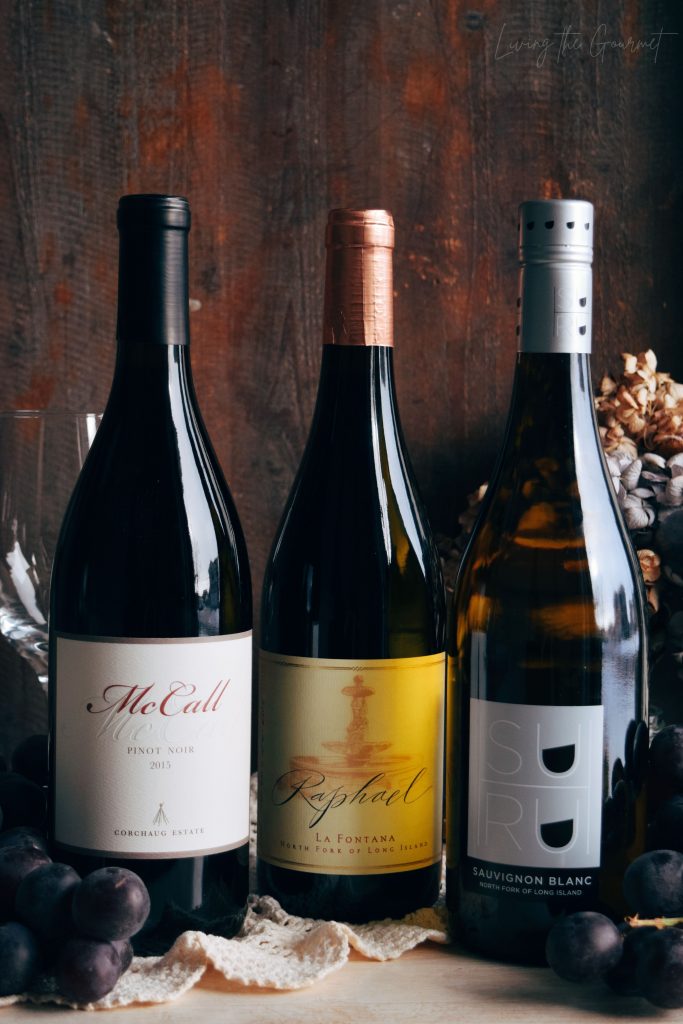

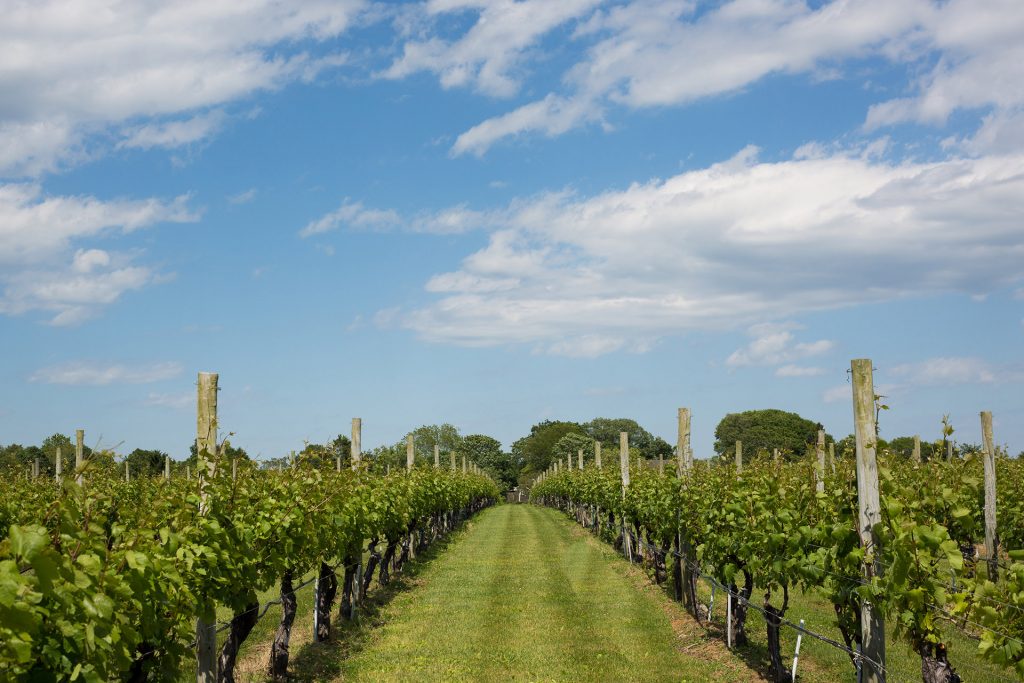
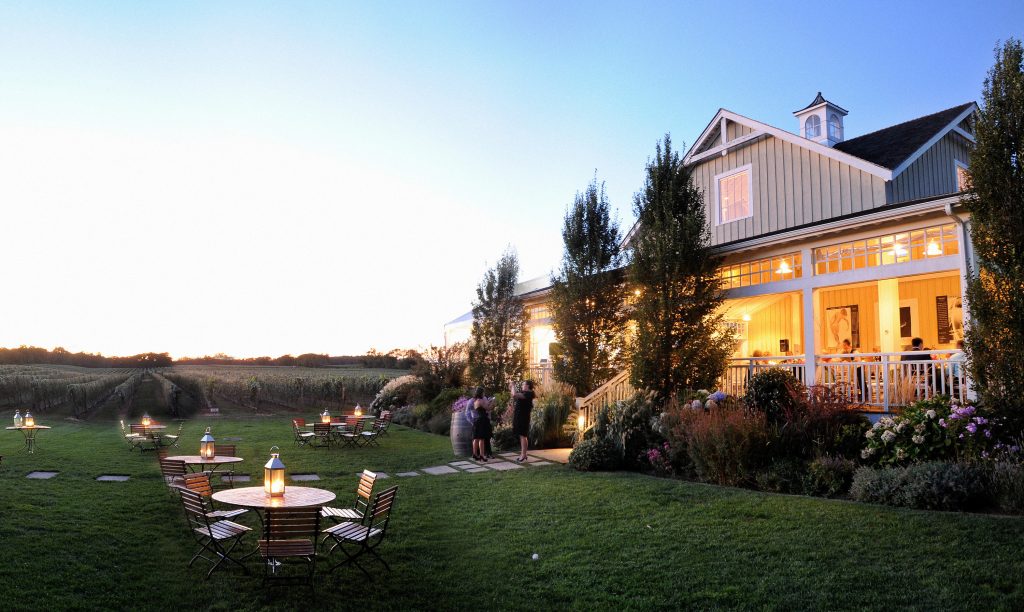


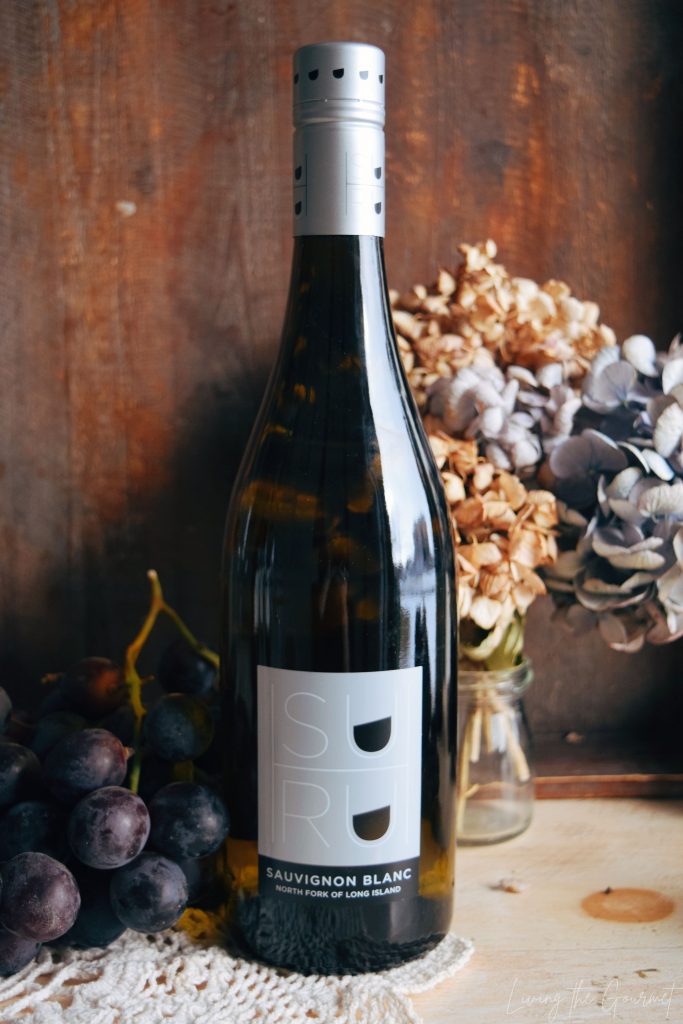
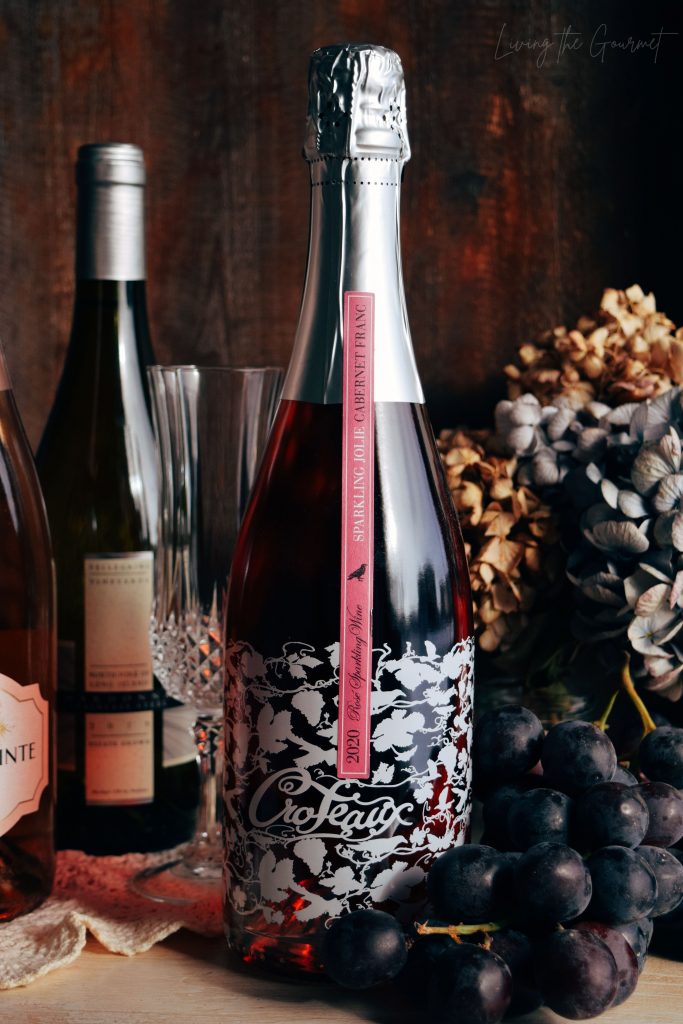
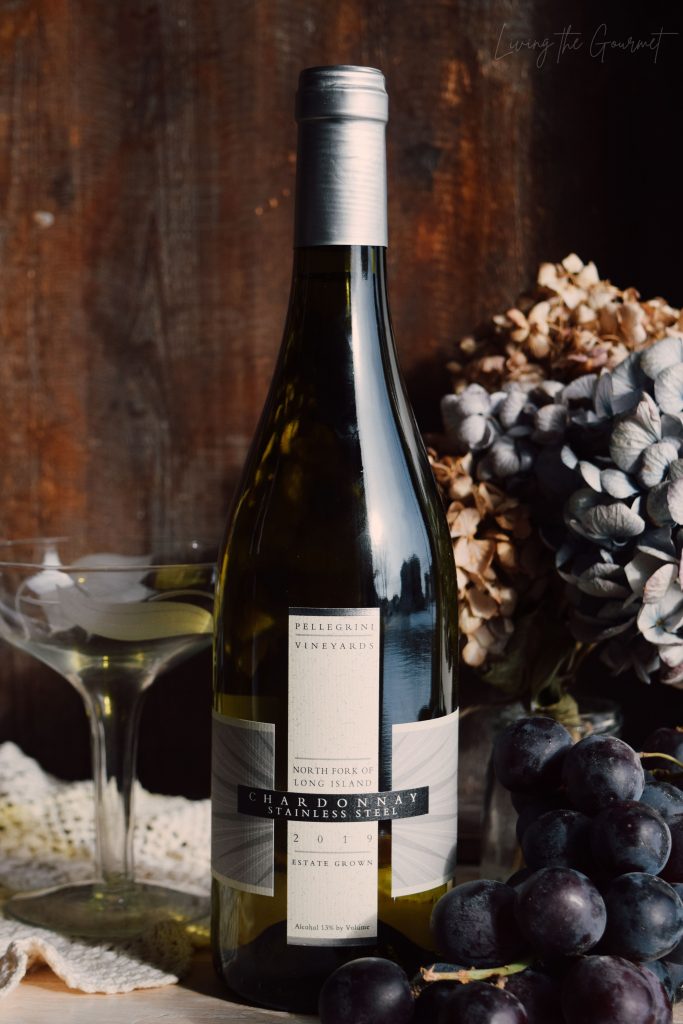
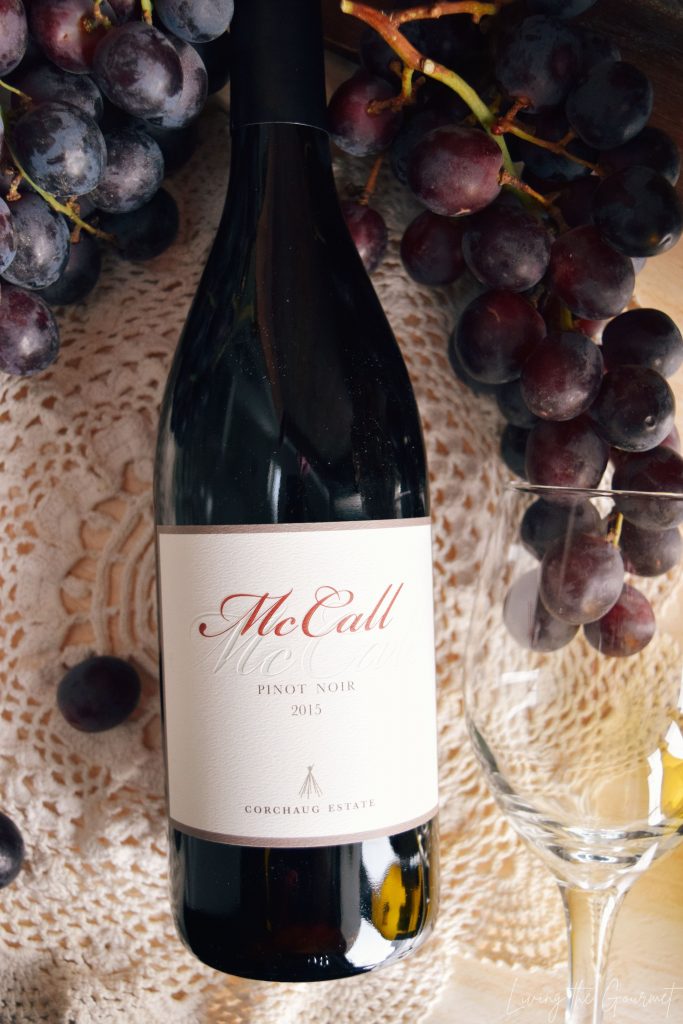
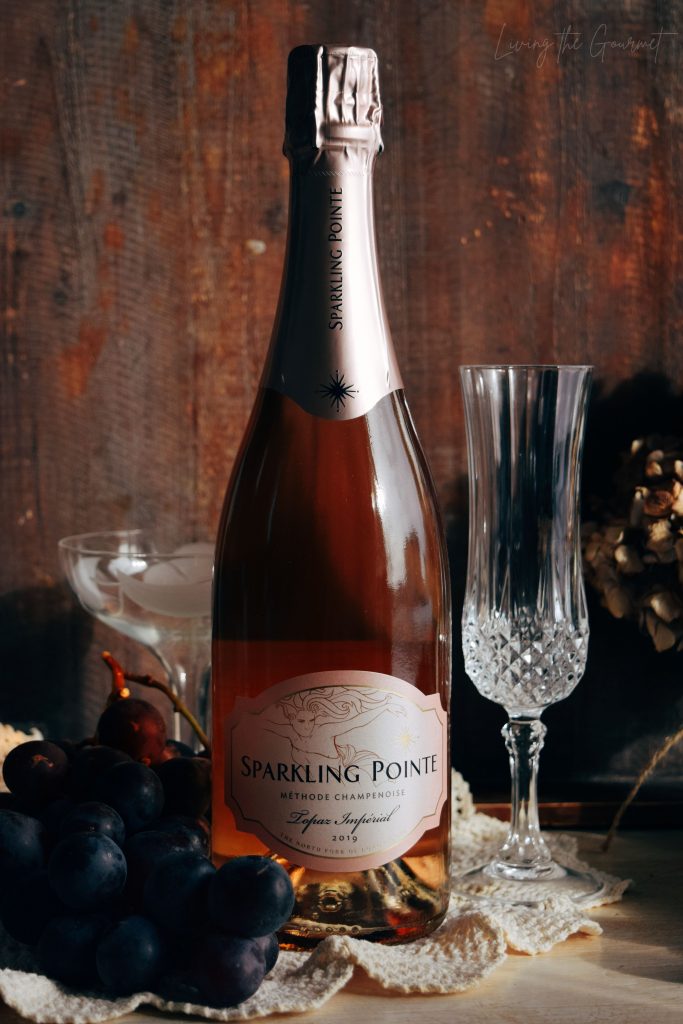
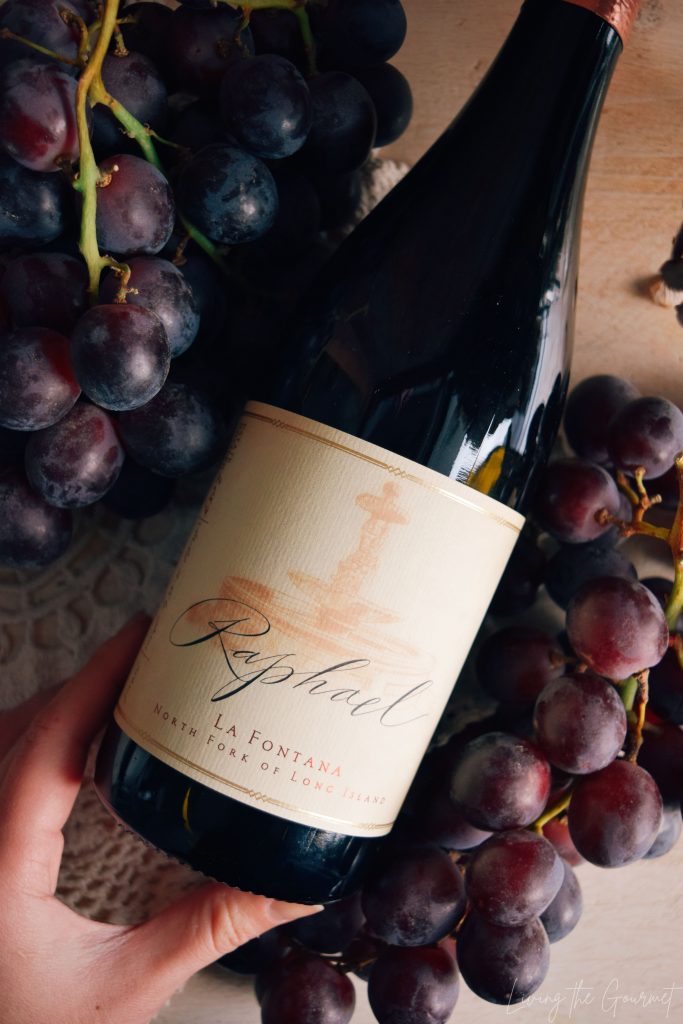
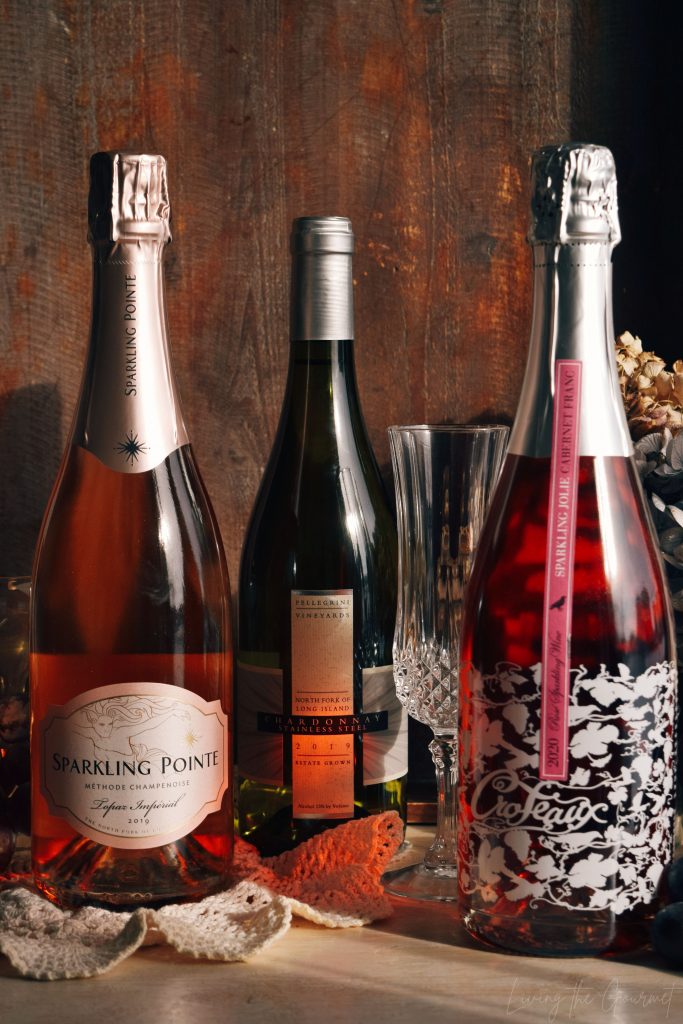


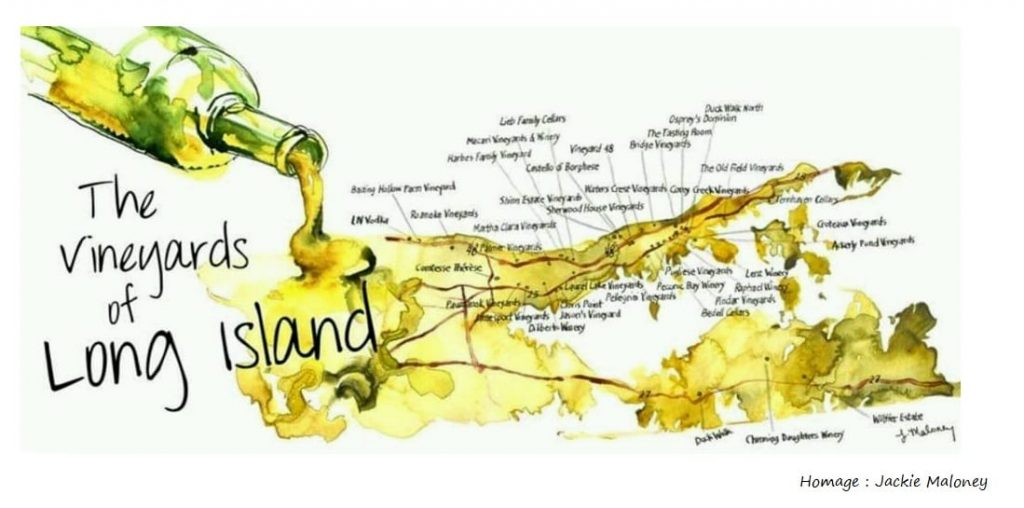
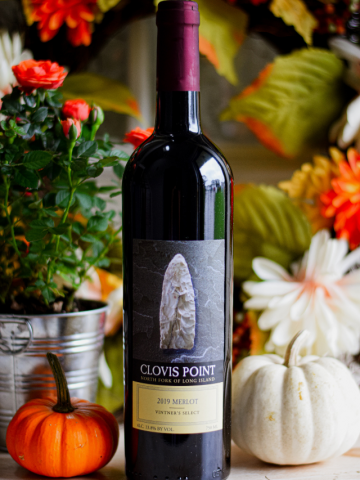
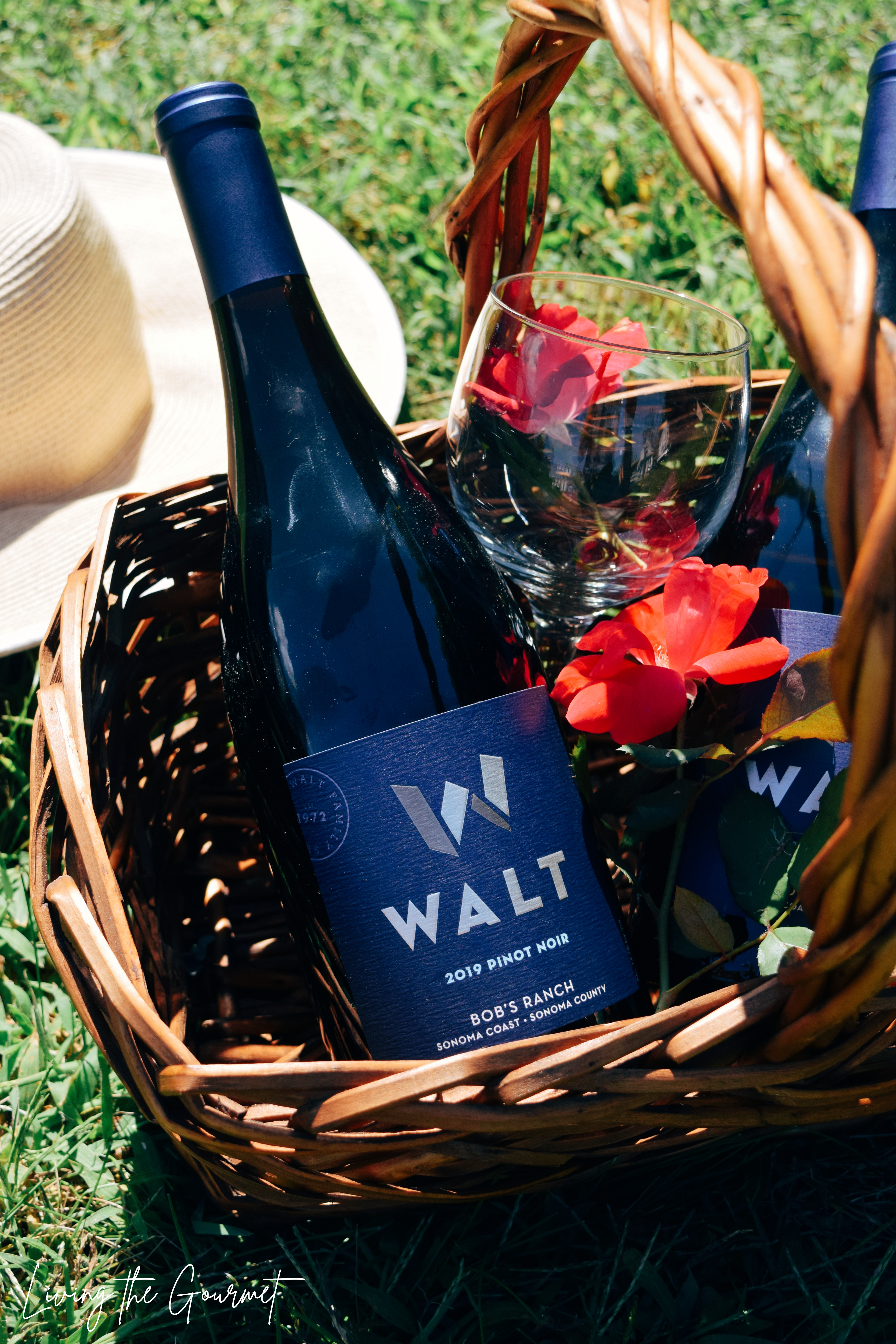
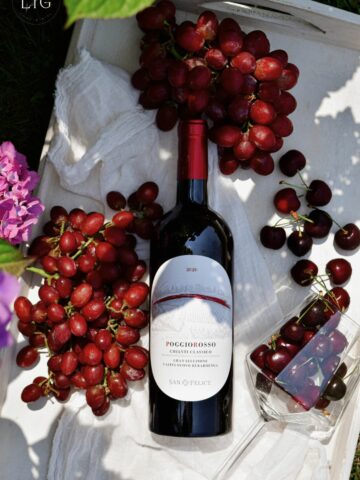
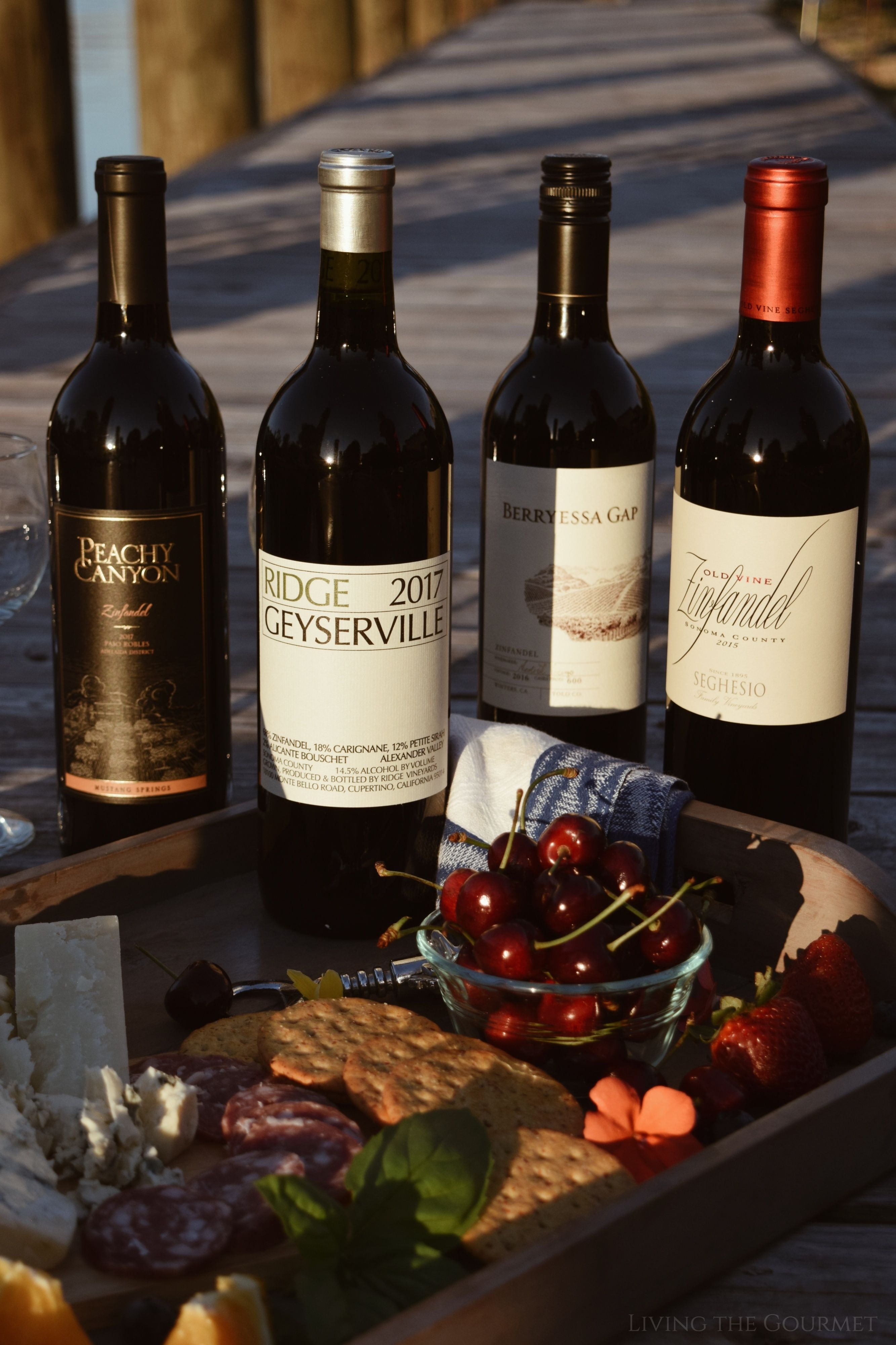
Malaika Archer says
Interesting article. I'd always associate wine with Italy and France but not New York. I would love a bottle of the Chardonnay ( 2019 Chardonnay from the North FoFork'sellegrini Vineyards) and Pinot Noir (2015 Pinot Noir from Corchaug Estate).
Heather Castillo says
I'm not much of a wine drinker anymore, but we do purchase wine to give as gifts quite often. I'll have to check these all out!
Lavanda Michelle says
My Bestie LOVES wine. I always give to her as gifts and so far, I have made good choices.
Yeah Lifestyle says
Three beautiful wine bottles and the flavours sound wonderful especially the Sauvignon Blanc. I have not tasted Long Island Wines but would love to try it.
Jupiter Hadley says
Wow these wines sound really really lovely! I have never really thought about wine from New York, and Long Island was close to where I grew up, so it's interesting to hear about wine from there.
Jasmine Martin says
I have just recently started drinking wine and these sound like such a great wines to try out. I'll definitely have to look into a couple of these Long Island wines.
Lubna Sultana says
I ❤️ this liquor store and all of their wines and spirits